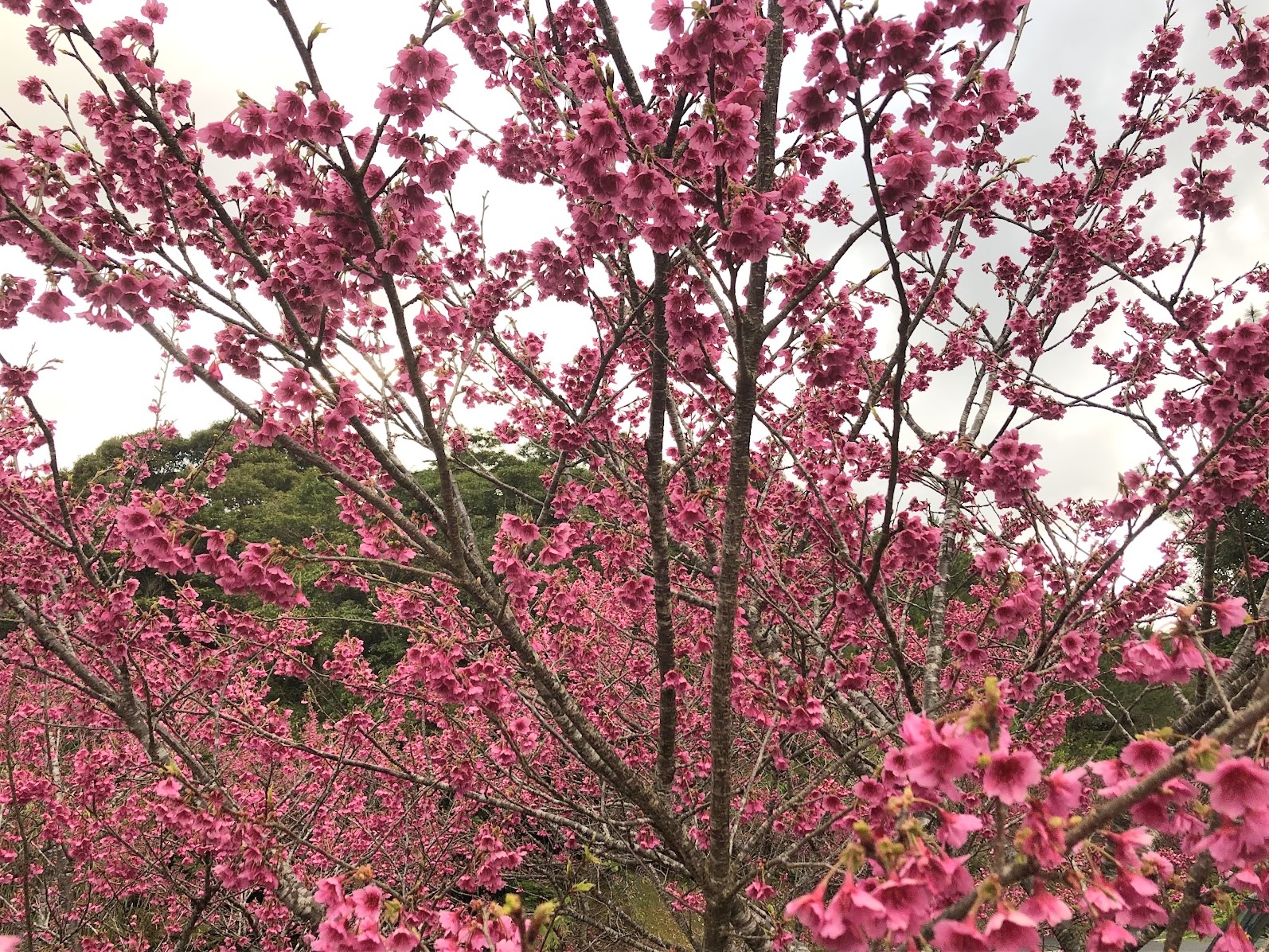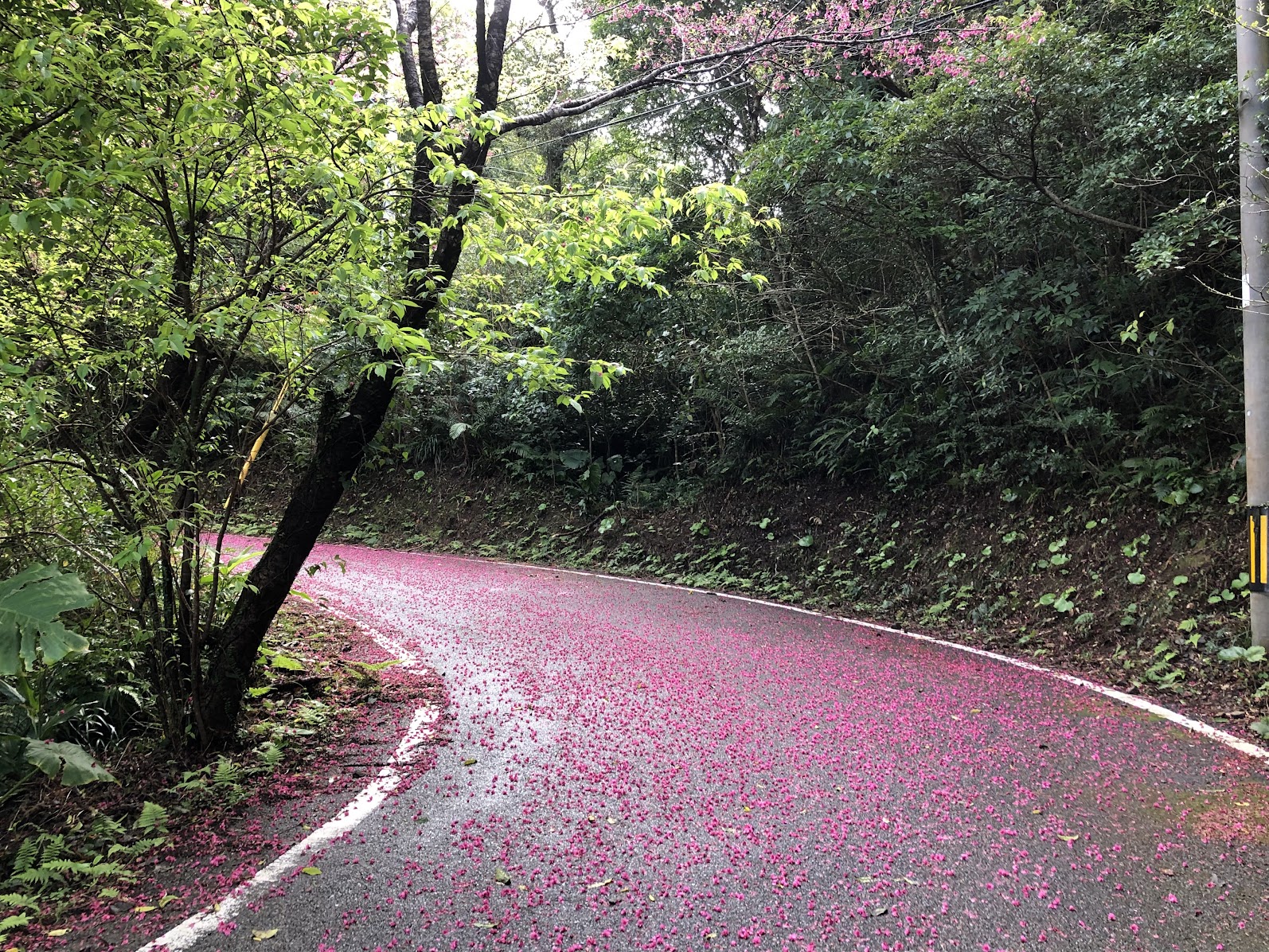Amami Oshima is in full bloom with Sakura. While Sakura in Japan typically bloom in April, in Amami Oshima and Okinawa, they bloom from late January to February. Travelers arriving a bit earlier in Japan are in for a lucky treat. The Sakura on Amami Oshima Island, known as Bellflower cherry, has a deep pink color, distinguishing them from the mainland cherry blossoms.


These Sakura are a different variety from those on the mainland. Despite their vibrant beauty, the situation is somewhat complex. The Sakura on Amami Oshima are not native but rather an introduced species, considered invasive. Bellflower cherry produces fruits that birds consume and spread seeds in the forests. This leads to the growth of new trees, posing a threat to the native species.

While the Bellflower cherry blossoms lining the streets are undeniably beautiful, there’s a mixed sentiment considering the balance with Amami Oshima’s native ecosystem.
(日本語訳)
奄美大島は桜が満開です。日本の桜は通常4月に咲きますが、奄美大島や沖縄では1月下旬から2月に咲きます。少し早めに日本に訪れた人にはラッキーでしょう。奄美大島の桜はカンヒザクラと呼ばれ本土の桜と違い濃いピンク色をしています。
本土の桜と種類が違うのです。鮮やかで美しい桜ですが、状況は少し複雑です。奄美大島の桜は在来の木ではなく、人が持ち込んだいわゆる外来種です。カンヒザクラには実がなり、それを鳥が食べて森に蒔きます。すると森で新たな木が成長し、在来種野守を脅かすのです。
道に咲き誇るカンヒザクラはなんとも美しいですが、奄美大島の自然とのバランスを考えると複雑な気持ちですね。
